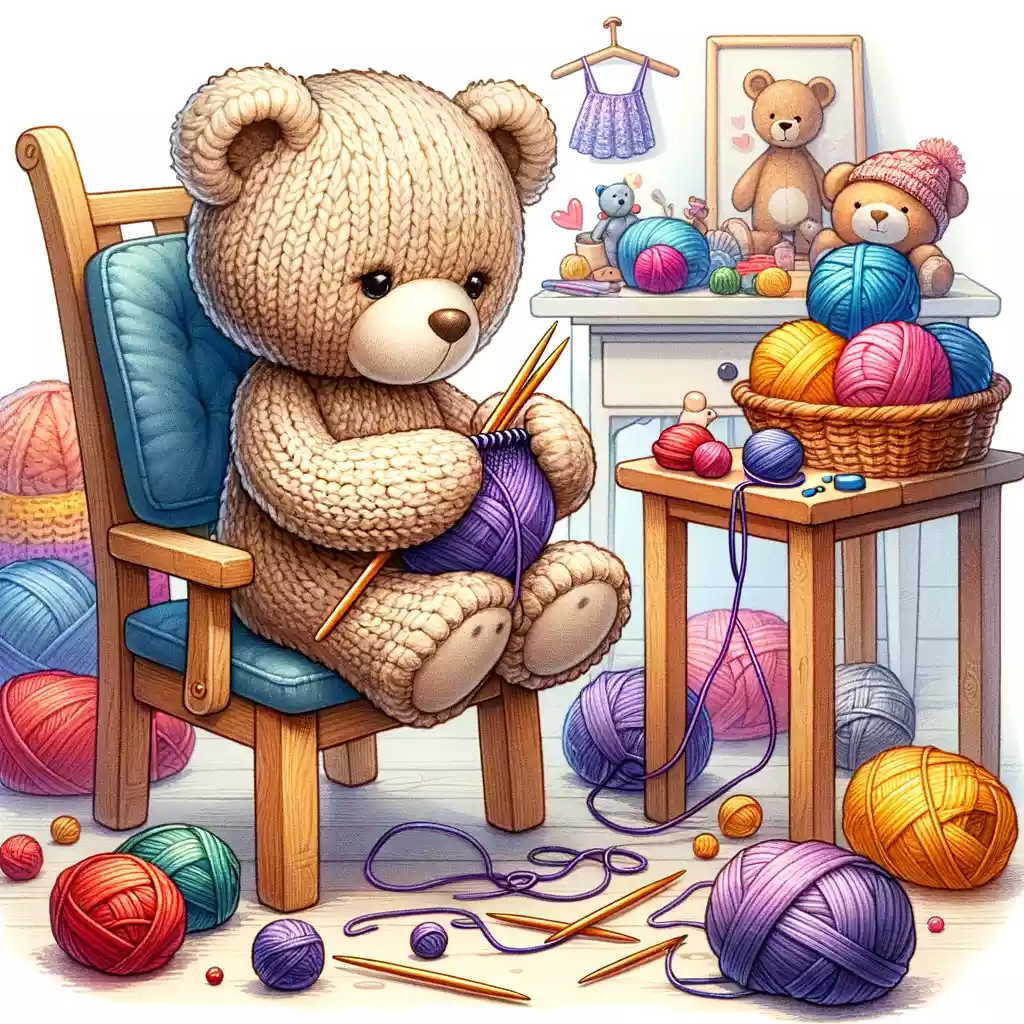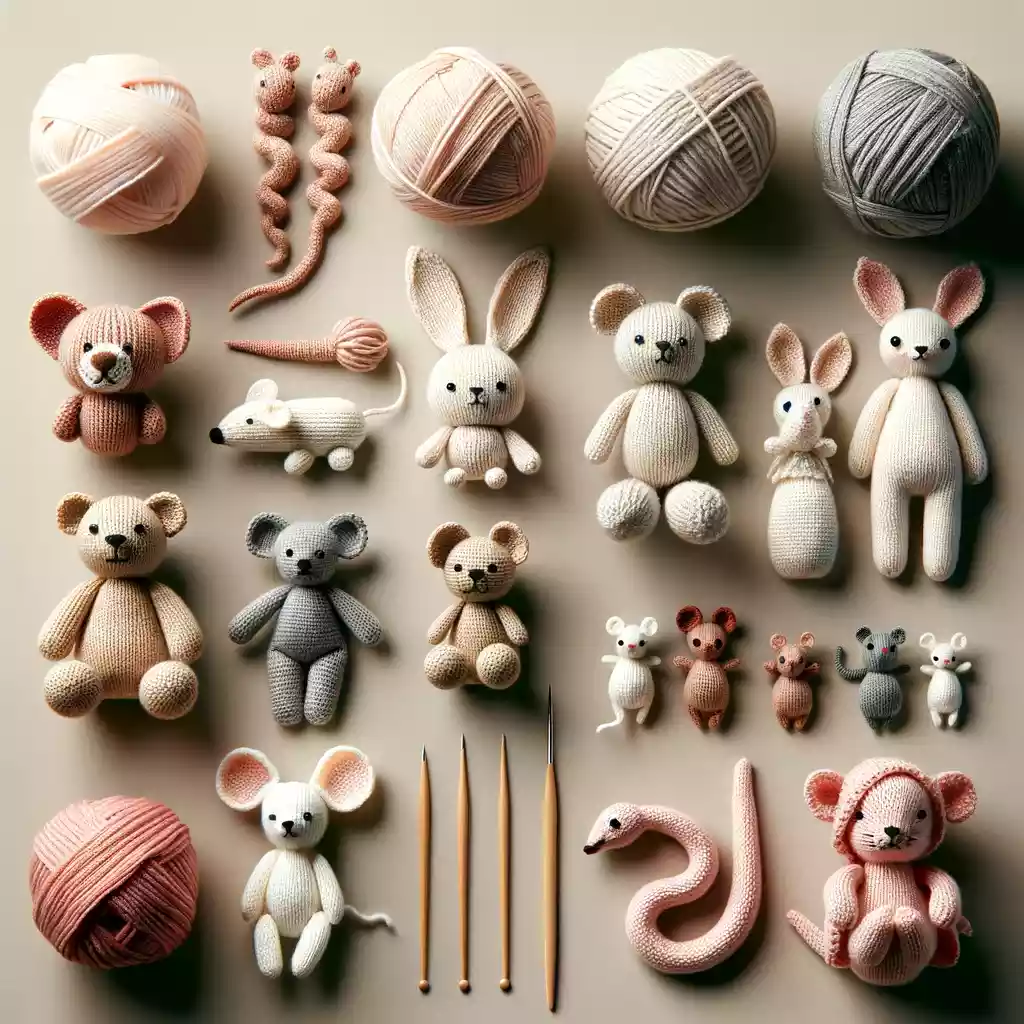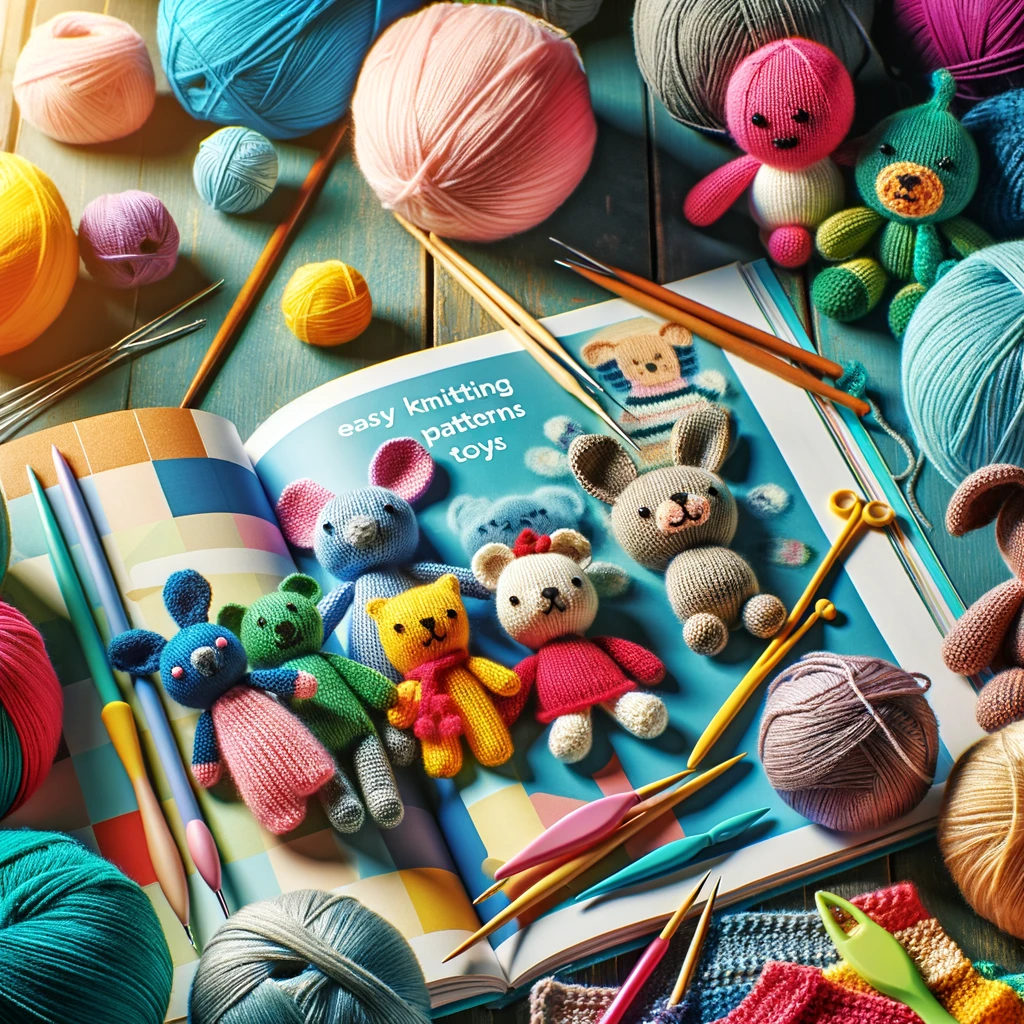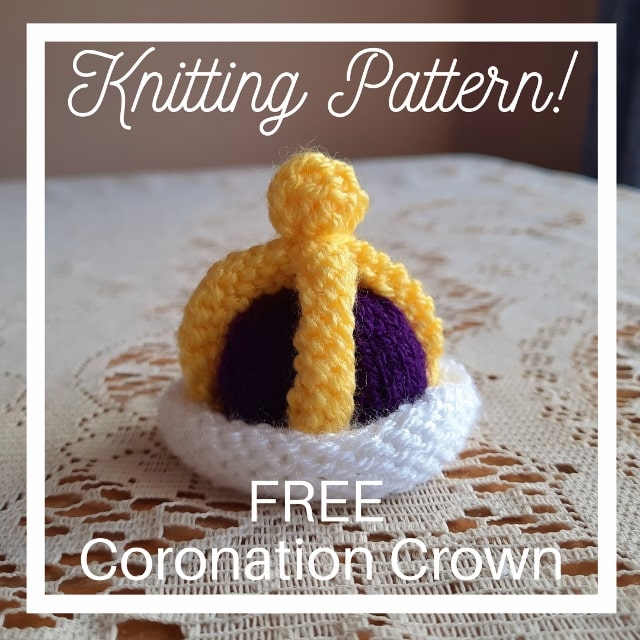Knitting for Beginners
Knitting for Beginners: Mastering the Basics
Embarking on the journey of knitting can open up a world of creativity and relaxation. This guide is tailored for beginners, offering step-by-step instructions and tips to master the fundamentals of knitting. From selecting the right tools to completing your first project, this guide will equip you with the knowledge needed to start your knitting adventure.
What essential tools do beginners need to start knitting?
Starting with the right tools is crucial. You’ll need knitting needles (size 8 or 4mm is a good start), yarn (medium-weight or worsted yarn is beginner-friendly), scissors, and a tapestry needle for weaving in ends. These basic supplies will set the foundation for your first project.
How do beginners choose the right yarn and needles?
Yarn and needle selection is key to a successful knitting project. Look for yarn that’s smooth and not too slippery to make handling easier. Match your yarn weight to the recommended needle size, which is usually indicated on the yarn label. This ensures your stitches are the right size and your project turns out as expected.
What are the basic stitches every beginner should learn?
Mastering the knit and purl stitches is essential. These foundational stitches are the building blocks of most knitting patterns. Practice these stitches until you’re comfortable with them, as proficiency in these will allow you to tackle a wide range of projects.
Why is gauge important in knitting?
Gauge refers to the number of stitches per inch and is crucial for ensuring your finished project fits as intended. Before starting a project, knit a test swatch in the pattern’s recommended stitch to measure your gauge. This step helps you adjust needle size as needed to match the pattern’s gauge.
What simple projects are recommended for knitting beginners?
Begin with projects that use simple shapes and minimal finishing, such as scarves, dishcloths, or blankets. These projects allow you to practice the basic stitches and gain confidence without the complexity of shaping or fitting.
How can beginners learn to read knitting patterns?
Reading knitting patterns can seem daunting at first. Start with patterns labeled as “beginner” and familiarize yourself with common abbreviations and symbols. Practice by following simple patterns to build your understanding and confidence.
What are some common mistakes beginners make and how can they avoid them?
Common mistakes include dropping stitches, knitting too tightly or too loosely, and misunderstanding pattern instructions. Paying close attention to your work, maintaining a consistent tension, and carefully reviewing pattern instructions can help minimize these errors. Practice and patience are key.
How can beginners improve their knitting skills?
Improvement comes with practice. Challenge yourself with new techniques and projects as you become more comfortable with the basics. Online tutorials, knitting books, and local knitting groups or classes can provide additional support and inspiration.
Where can beginners find support and resources?
There are many resources available for beginner knitters, including online tutorials, knitting blogs, and community forums. Local yarn shops and libraries often offer knitting classes and groups that provide hands-on help and support.
Knitting is a rewarding skill that anyone can learn with time and practice. By starting with the right tools, understanding the basics, and gradually challenging yourself with new projects and techniques, you’ll be able to create beautiful knitted items. Remember, every knitter was once a beginner, and with perseverance, you too can become proficient in this craft.












